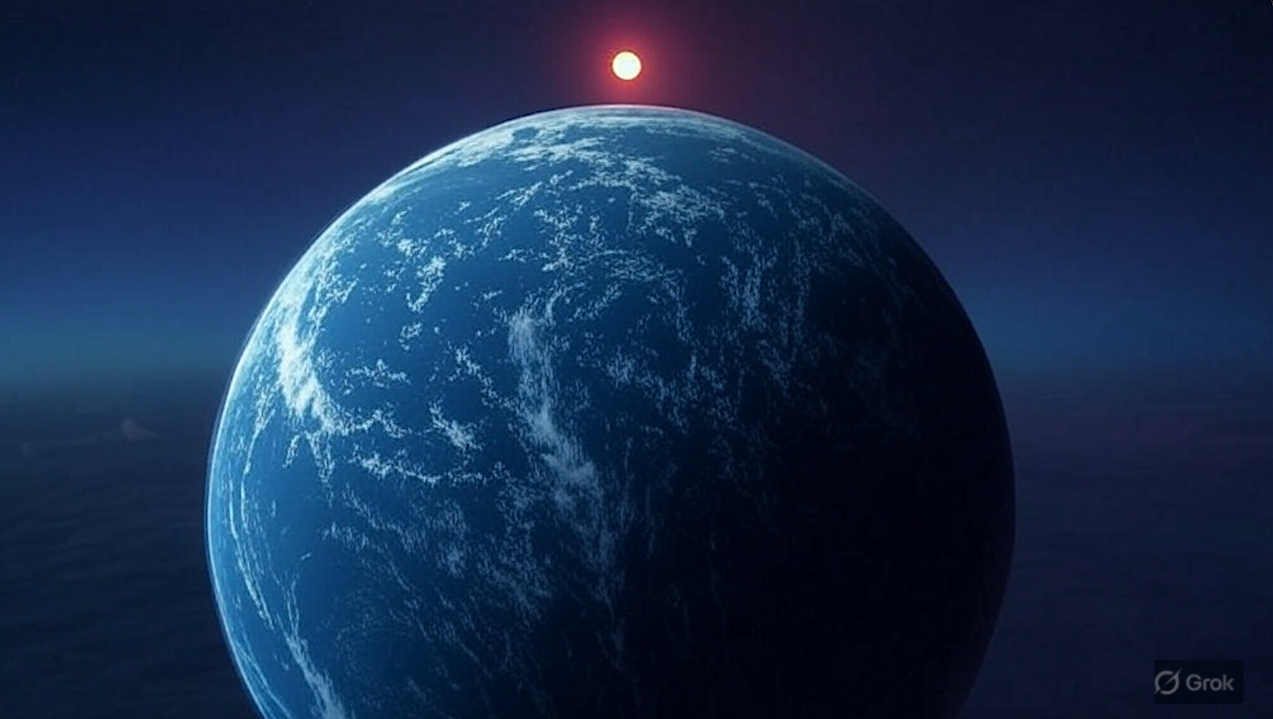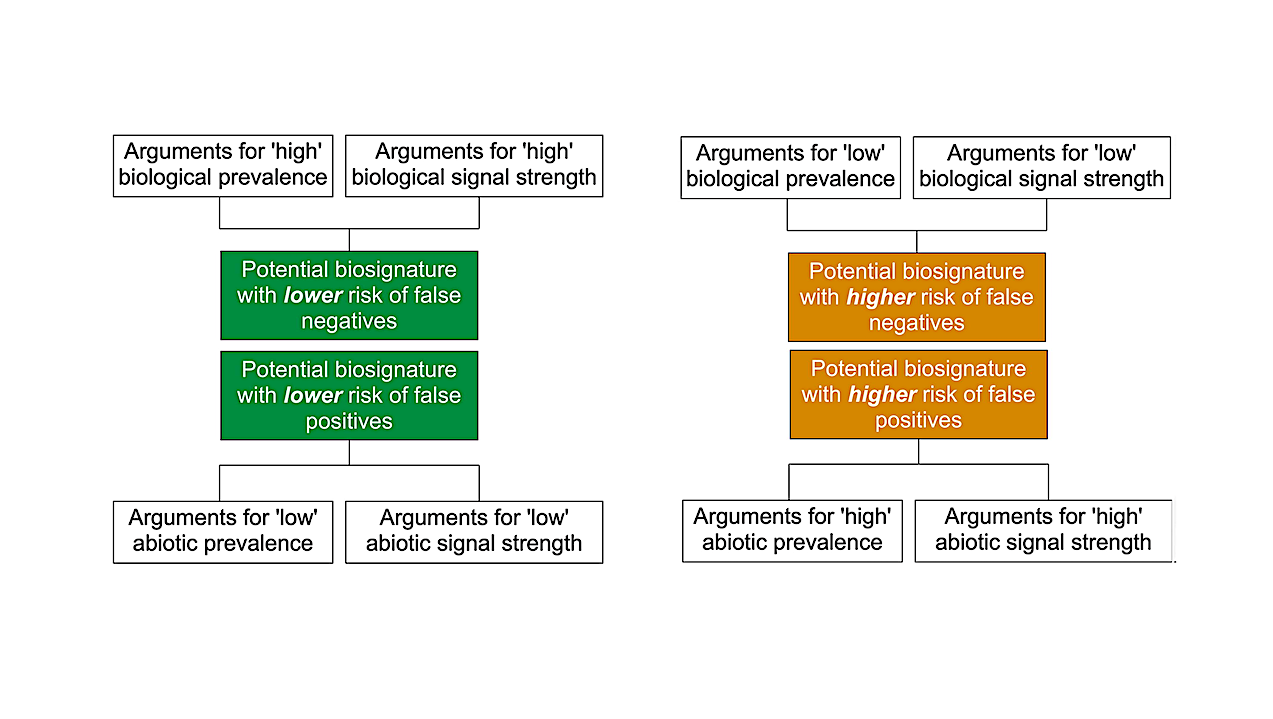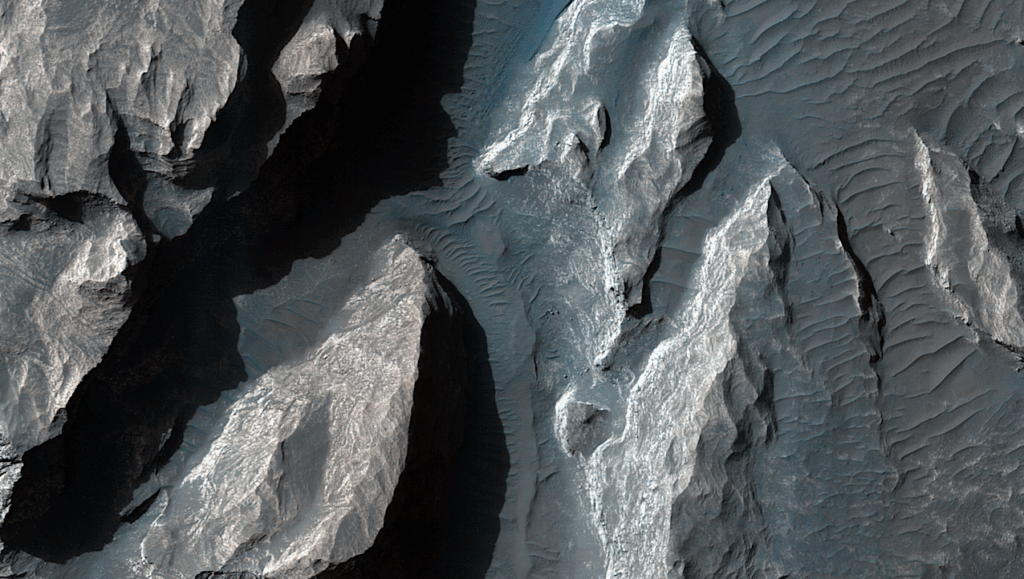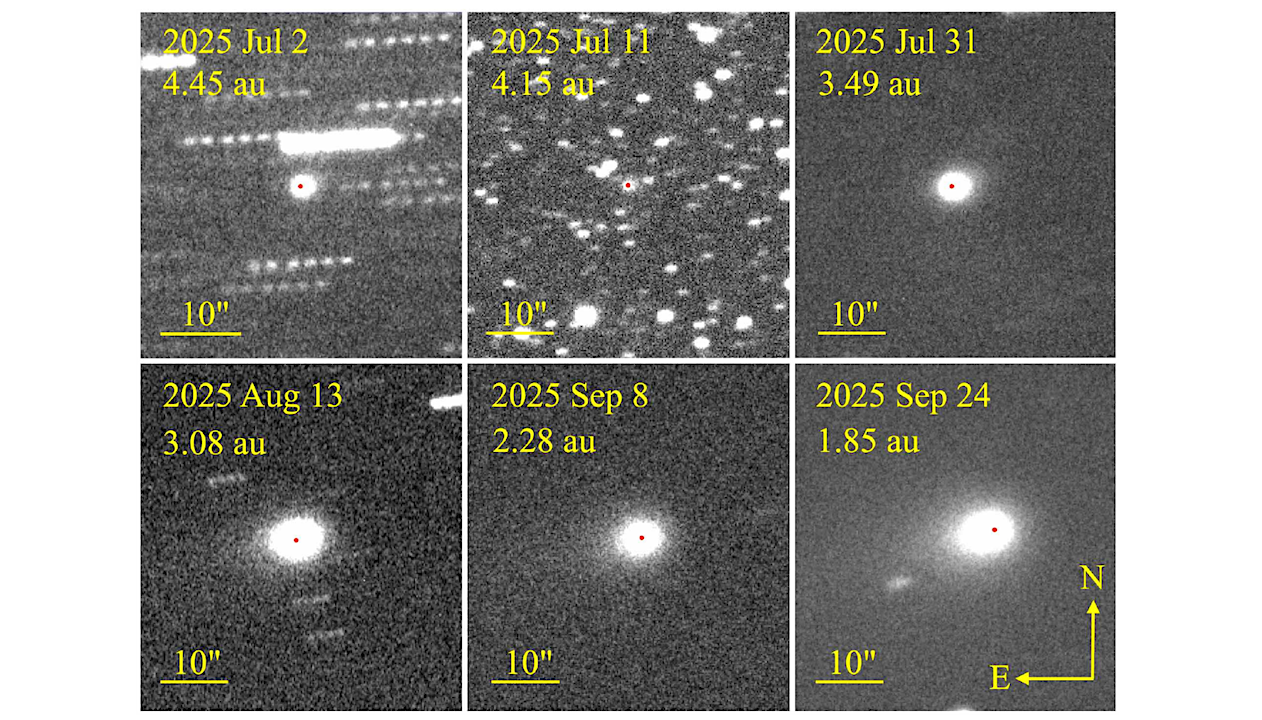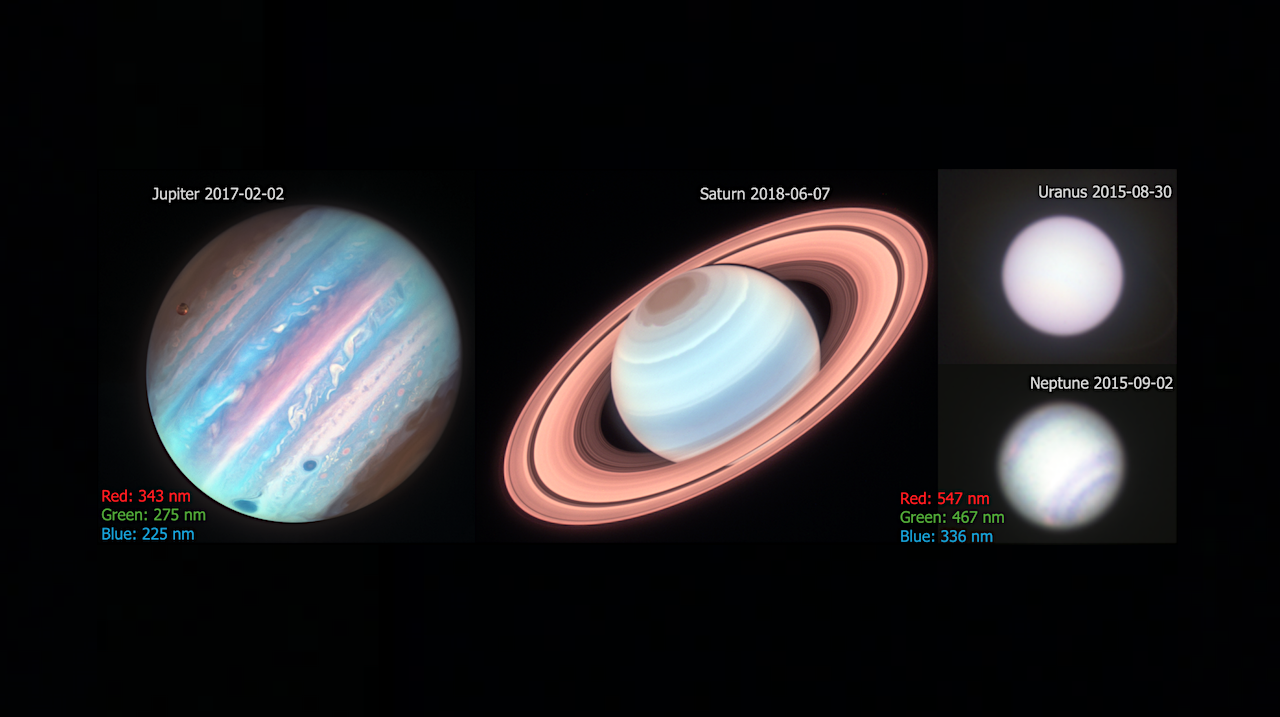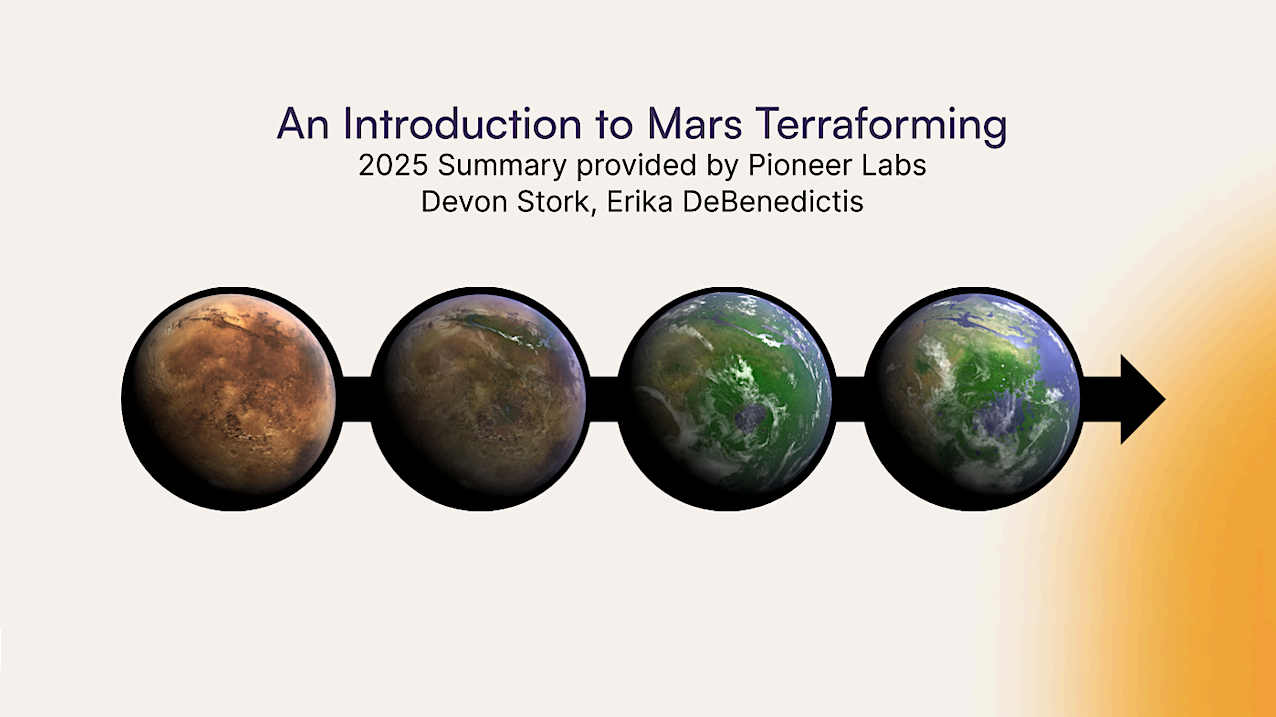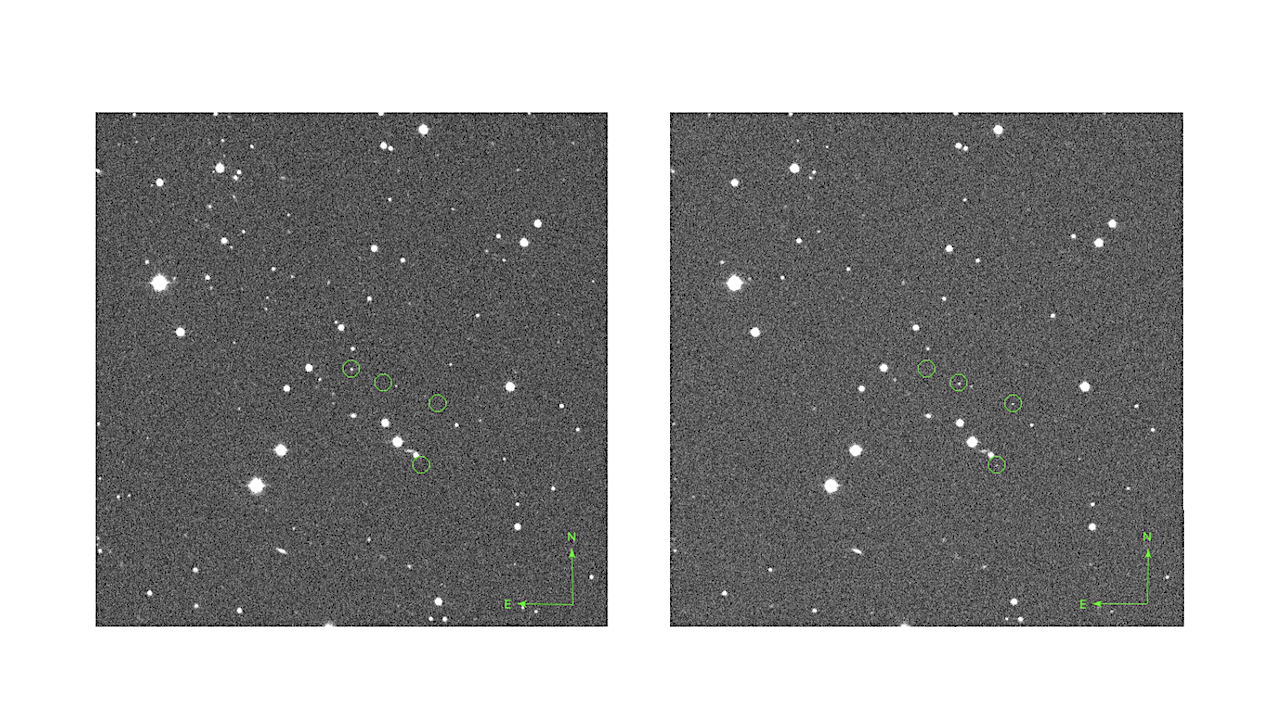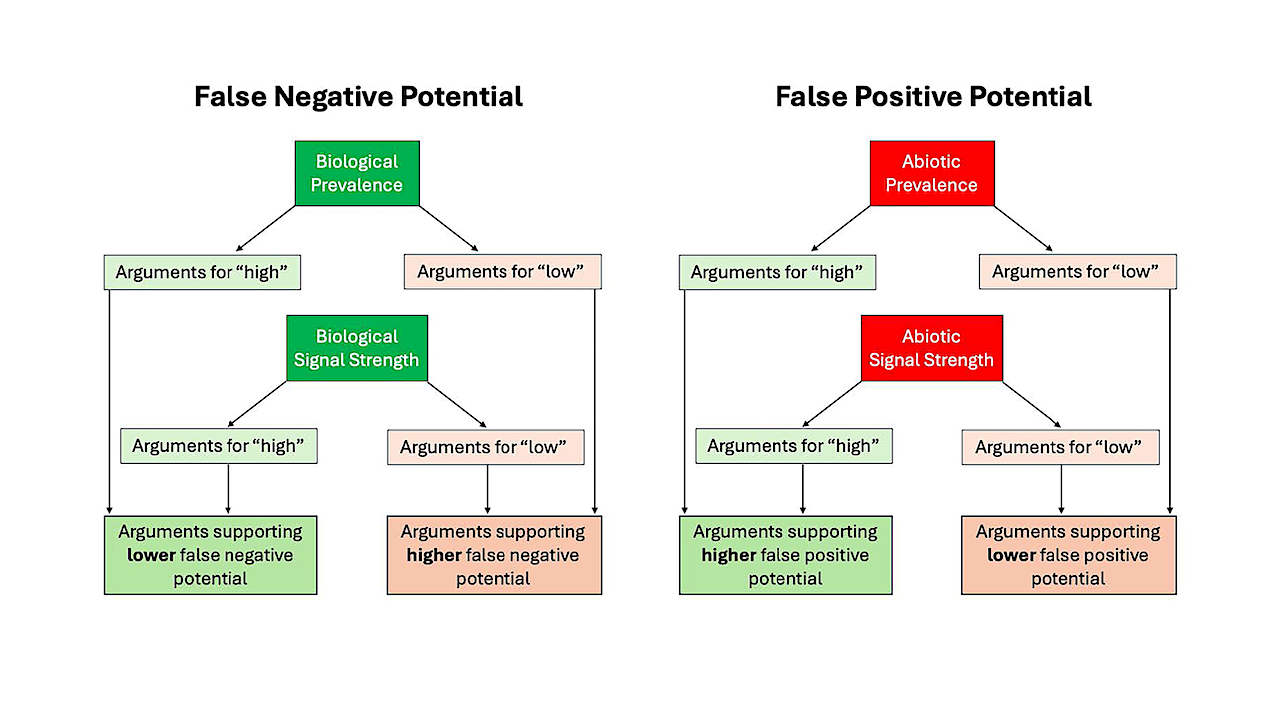Water world orbiting a M Dwarf star — Grok via Astrobiology.com Join us for a panel discussion with scientists and engineers from current NASA missions as they share how they
Astrobiology38- Page
Relationship between criteria, arguments, and outcome — Astrobiology via Sage Journals The abundance and distribution of stable isotopes of an element in a substance can provide insights regarding the source,
Keith Cowing Explorers Club Fellow, ex-NASA Space Station Payload manager/space biologist, Away Teams, Journalist, Lapsed climber, Synaesthete, Na’Vi-Jedi-Freman-Buddhist-mix, ASL, Devon Island and Everest Base Camp veteran, (he/him) 🖖🏻 Follow on
Sample images showing the morphological development of 3I/ATLAS. The image dates and heliocentric distances of the comet are shown in each panel, as is a 10′′ scale bar. Sunward is
The four giant planets as seen by Hubble WFC3/UVIS at different near-UV wavelengths, and processed by Judy Schmidt (note – these images are not shown to scale). The Jupiter and
An Introduction To Mars Terraforming – 2025 Workshop Summary Terraforming Mars is an age old science fiction concept now worth revisiting through the lens of modern science and technology. This
Palaeontologists from the Australian Museum Research institute at the McGraths Flat field site, splitting the red rocks apart with a hammer and chisel to search for fossils. Tara Djokic Highly
Asteroid 2001 VC136. A complex candidate, including asteroid 2001 VC136 and a transient was found inside a box measuring 10×10 arcmin and centered at R.A. (J2000)=6.3634206 deg. and Dec.(J2000)= 2.4341476,
Schematic representation of the relationship between criteria, “arguments,” and false positive/negative potential within the Life Detection Knowledge Base (LDKB). Knowledge sourced from peer-reviewed publications is represented in the LDKB in
The time evolution of the stellar spectra occulted by the planet as a function of orbital phase, in the wavelength range 5882–5902 Å, which includes the sodium doublet. The positions
-
 012024 in Review: Highlights from NASA in Silicon Valley
012024 in Review: Highlights from NASA in Silicon Valley -
 02Panasonic Leica Summilux DG 15mm f/1.7 ASPH review
02Panasonic Leica Summilux DG 15mm f/1.7 ASPH review -
 03From Polymerization-Enabled Folding and Assembly to Chemical Evolution: Key Processes for Emergence of Functional Polymers in the Origin of Life
03From Polymerization-Enabled Folding and Assembly to Chemical Evolution: Key Processes for Emergence of Functional Polymers in the Origin of Life -
 04How New NASA, India Earth Satellite NISAR Will See Earth
04How New NASA, India Earth Satellite NISAR Will See Earth -
 05And Thus Begins A New Year For Life On Earth
05And Thus Begins A New Year For Life On Earth -
 06Astronomy Activation Ambassadors: A New Era
06Astronomy Activation Ambassadors: A New Era -
07SpaceX launch surge helps set new global launch record in 2024


